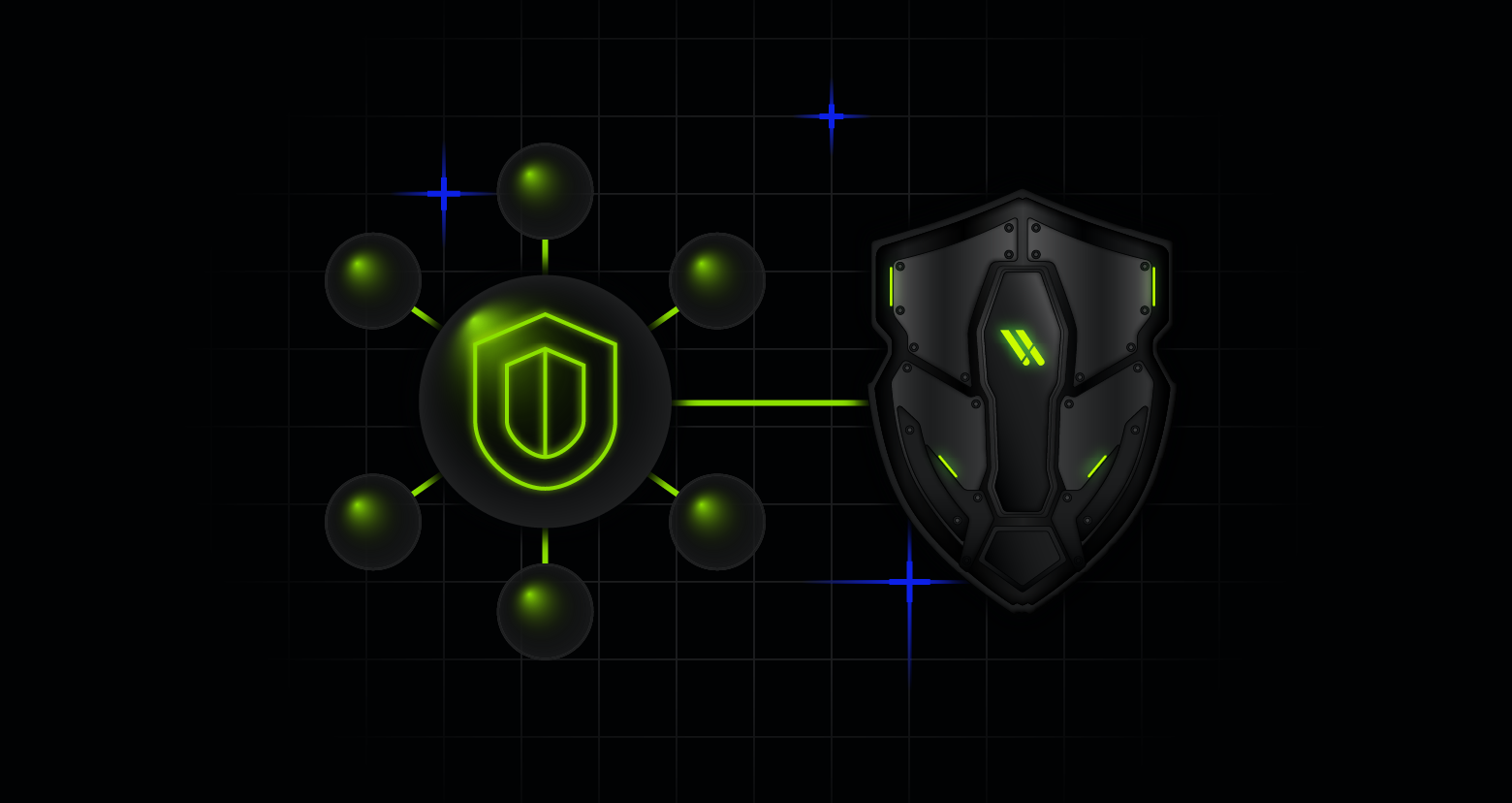December 1, 2025
Understanding Business Email Compromise (BEC): Threat Types and Defense Strategies-
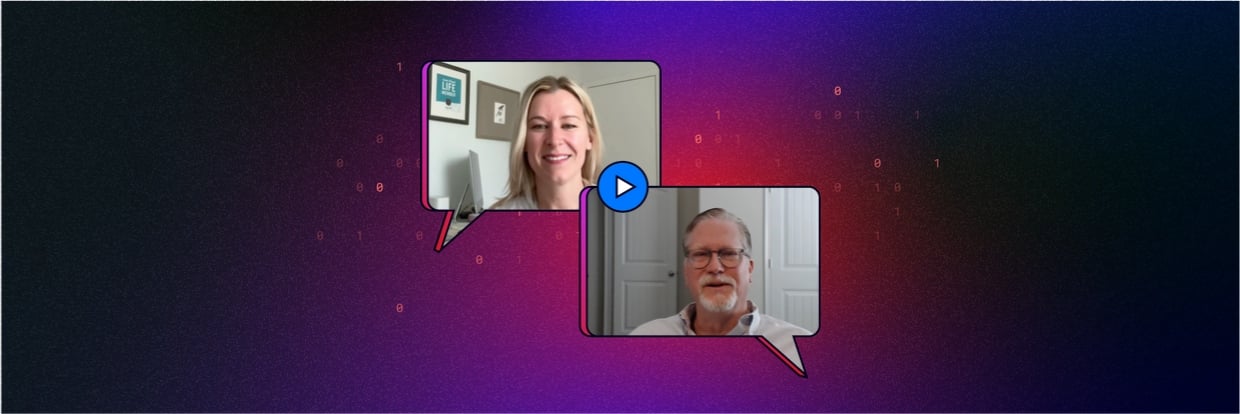 Data Security
Data SecurityMay 30, 2023
Speed Data: CISO Leadership Tips With Pat Benoit
Pat shared the four leadership rules he follows, what it takes to succeed in cybersecurity, and why he just might be “The Most Interesting Man in the World.”

Megan Garza
2 min read
-
 Varonis Products
Varonis ProductsMay 30, 2023
What's New in Varonis: May 2023
Check out the new features that help security teams automatically enforce least privilege and uniformly apply sensitivity labels across their hybrid cloud and on-prem environments.

Yumna Moazzam
2 min read
-
 Privacy & Compliance
Privacy & ComplianceMay 22, 2023
Meta's $1.3B Fine: What can Happen if you Don’t Monitor Your PII
Continuous discovery and data monitoring critical to identify misplaced PII.

Brian Vecci
2 min read
-
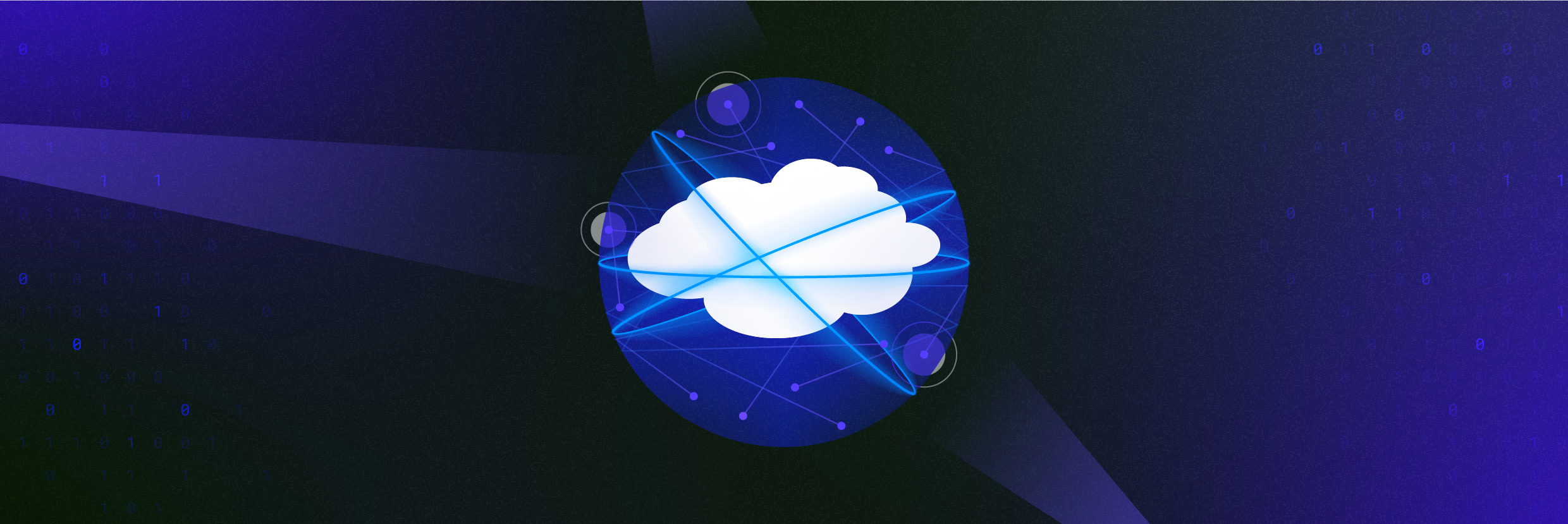 Cloud Security Data Security
Cloud Security Data SecurityMay 03, 2023
What Automation Means For Cybersecurity—And Your Business
This article explains how automation can help turn the right information into action, helping to defend against cyberattacks, mitigate risk, shore up compliance and improve productivity.

Yaki Faitelson
3 min read
-
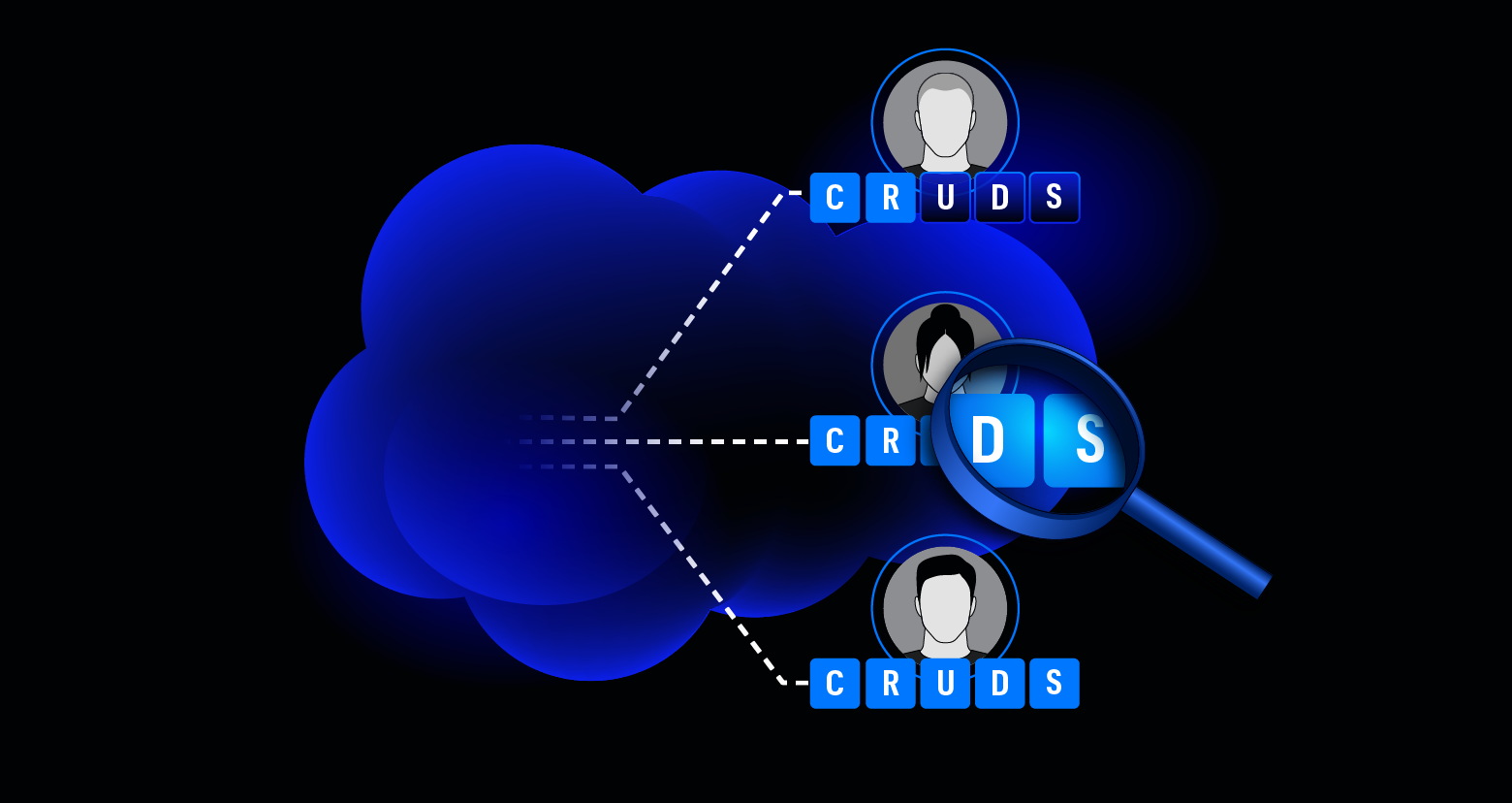 Salesforce
SalesforceApr 28, 2023
Salesforce Misconfiguration Causes Sensitive Data Leaks
Brian Krebs recently reported that an alarming number of organizations—including banks and healthcare providers—are leaking sensitive information due to a misconfiguration in Salesforce Communities.

Rob Sobers
1 min read
-
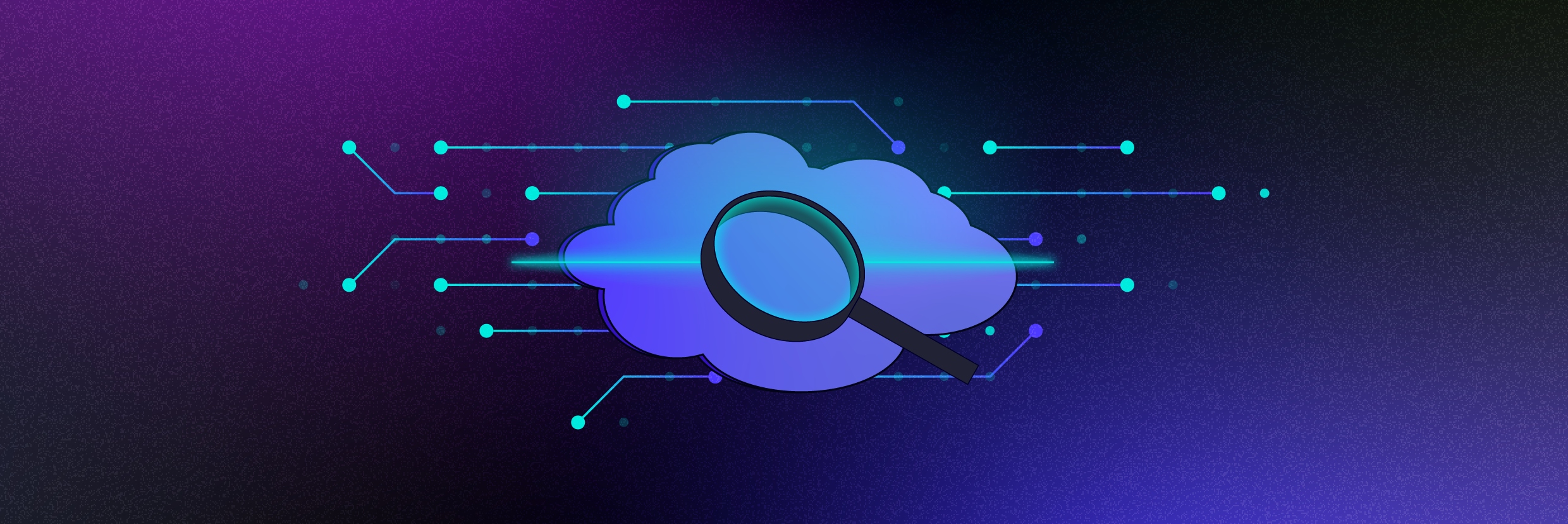 Cloud Security
Cloud SecurityApr 26, 2023
How Varonis' Approach to SSPM Helps Your Company
Adopt a data-first approach with Varonis' SSPM, securing SaaS apps and reducing risk. Learn how you can get better visibility, automation, and protection.

Nathan Coppinger
8 min read
-
 Varonis Products
Varonis ProductsApr 25, 2023
Varonis Launches Third-Party App Risk Management
Varonis reduces your SaaS attack surface by discovering and remediating risky third-party app connections.

Nathan Coppinger
3 min read
-
 DSPM Data Security
DSPM Data SecurityApr 19, 2023
Data Security Posture Management (DSPM): Best Practices Guide for CISOs
Master Data Security Posture Management (DSPM) best practices with our CISOs' guide. Learn to select the right tool, maintain compliance, and prevent data breaches.

Rob Sobers
8 min read
-
 Varonis Products
Varonis ProductsApr 11, 2023
Varonis Opens Australia Data Centre to Support SaaS Customers
Australian expansion allows Varonis customers to achieve automated data security outcomes while following national standards for data privacy.

Rachel Hunt
1 min read
-
 Data Security
Data SecurityApr 11, 2023
The Exact Data Security Roadmap We've Used with 7,000+ CISOs
Explore the Varonis data security roadmap for modern protection, aiding 7,000+ CISOs in compliance and safeguarding valuable data.

Rob Sobers
7 min read
-
.png) Data Security
Data SecurityMar 22, 2023
Varonis Named a Leader in The Forrester Wave™: Data Security Platforms, Q1 2023
Varonis Named a Leader in the Forrester Wave™: Data Security Platforms, Q1 2023, receiving the highest score in the strategy category.

Avia Navickas
2 min read
-
 Data Security
Data SecurityMar 10, 2023
A Step-By-Step Guide to California Consumer Privacy Act (CCPA) Compliance
CCPA Compliance: Everything you need to know about protecting user data under the California Consumer Privacy Act.

David Harrington
10 min read
SECURITY STACK NEWSLETTER
Ready to see the #1 Data Security Platform in action?
Ready to see the #1 Data Security Platform in action?
“I was amazed by how quickly Varonis was able to classify data and uncover potential data exposures during the free assessment. It was truly eye-opening.”
Michael Smith, CISO, HKS
"What I like about Varonis is that they come from a data-centric place. Other products protect the infrastructure, but they do nothing to protect your most precious commodity — your data."
Deborah Haworth, Director of Information Security, Penguin Random House
“Varonis’ support is unprecedented, and their team continues to evolve and improve their products to align with the rapid pace of industry evolution.”
Al Faella, CTO, Prospect Capital
